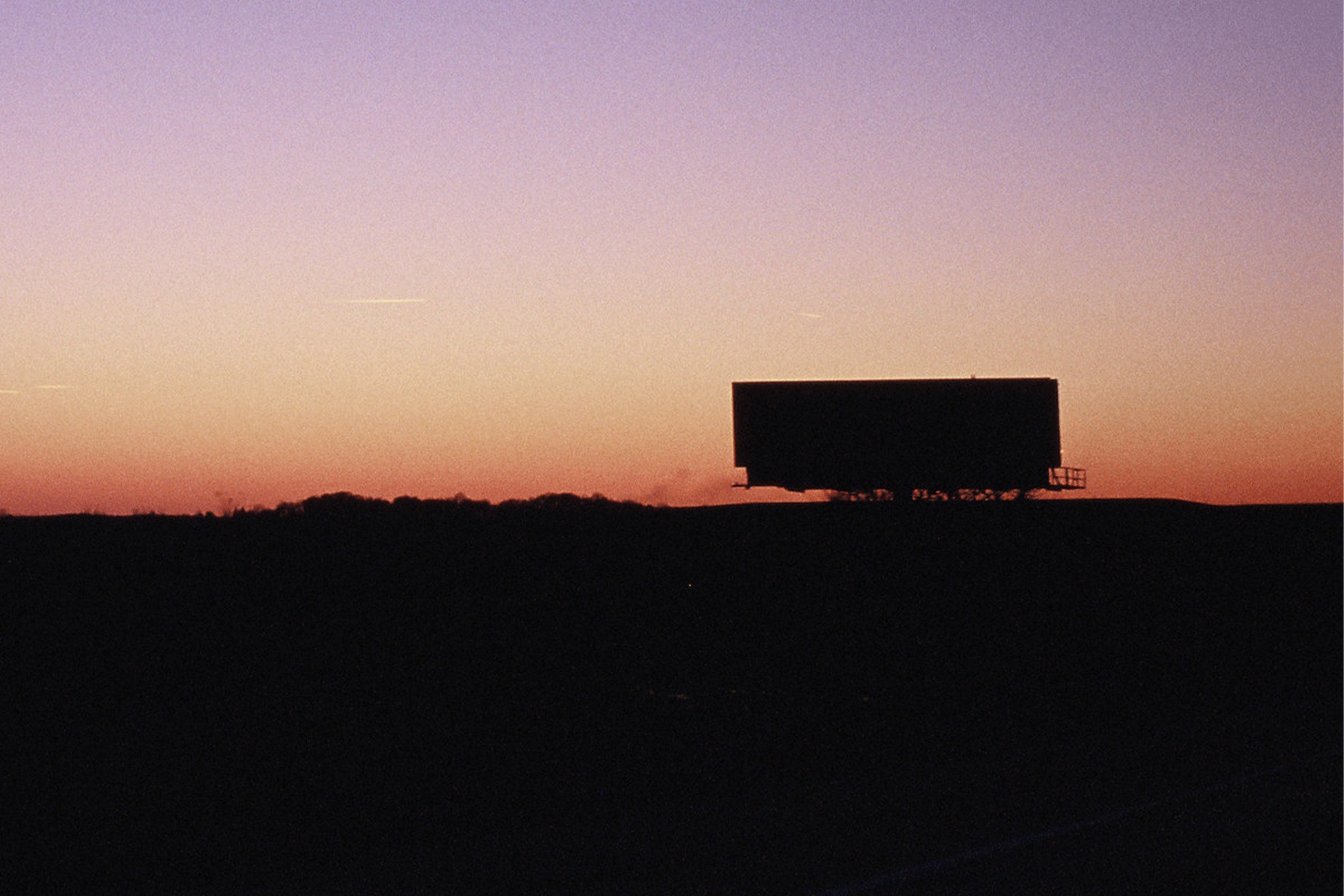 INTERVIEWS
INTERVIEWS
The return of Signer: Aotearoa's silent dub techno legend
Twenty-plus years on, the Te Whanganui-a-Tara/Wellington-based composer, singer-songwriter, multi-instrumentalist, and producer revisits his golden dub techno moment with Martyn Pepperell.
In 1996, Oblique, the live electronica trio of then-Te Whanganui-a-Tara/Wellington-based musicians Matthew Mitchell, Shanan Holm, and Bevan Smith, contributed three red-hot acid tracks to one of the first New Zealand techno compilations, Skankatronics Pure Wellingtronika.
Since then, Smith, a Ngāmotu/New Plymouth-raised composer, singer-songwriter, multi-instrumentalist, and producer with a cheeky grin and an infectious chuckle, has masterminded or co-created a dizzying array of world-class electronica, ambient, and indie projects. Release by release, he’s earned himself a cult reputation with discerning pockets of music lovers worldwide.
Best known for his landmark IDM and dub techno releases as Aspen and Signer or for soundtracking the BAFTA-winning survival documentary Touching the Void (2003), Smith’s instincts to combine live instrumentation and programmed production helped pave the way for a generation of musicians from Aotearoa and Te Waipounamu who’ve divided their creative impulses between playing in bands, producing dance music on laptops and DJing.
Along the way, he founded the boutique label Involve Records, which provided an early platform for a coterie of like-minded musicians and producers, including Jet Jaguar, Andrew Thomas, All The Pretty Things, Mandrake, Slow Moe, Voicechanger, and T.C. Wedde. In the process, they delivered on the label’s mission statement, “Explorations in pop, indie, electronica and places in-between”.
As the 21st century dawned, Smith spent four years living and working in London, where he pursued artistic and commercial opportunities in music production for record labels, advertising and film and television. Lately, he’s been revisiting the copious amounts of ambient electronica and deep, dubby techno he recorded during that stretch while working with Perfect Location Records and Ear Candy Music on 00-04, an immaculately curated compilation of previously released and unreleased Signer material. On tracks like ‘1201B’ and ‘N15 SUNSET’, emotional chords, misty textures, and chugging machine beats dovetail into his world-class take on atmospheric dub techno.
During the second half of the 2000s, Smith became more focused on the guitar music world while collaborating with his high school friend, the jazz composer Matthew Mitchell, as Skallander and playing instruments in the indie pop groups Over The Atlantic and The Ruby Suns. He also worked behind the scenes as an engineer and producer for the Kiwi experimental rock bands Thought Creature and Glass Vaults and, later, the dream pop sibling trio Womb. Fittingly, sensibilities drawn from ambient and electronica, particularly dub techno, remain crucial to his musical makeup, as evidenced by the ongoing 24-part Isolated Dreams Bandcamp release series.
Mixmag ANZ met up with Smith at a suburban community centre in Te Whanganui a Tara on a sunny Sunday afternoon in late May.
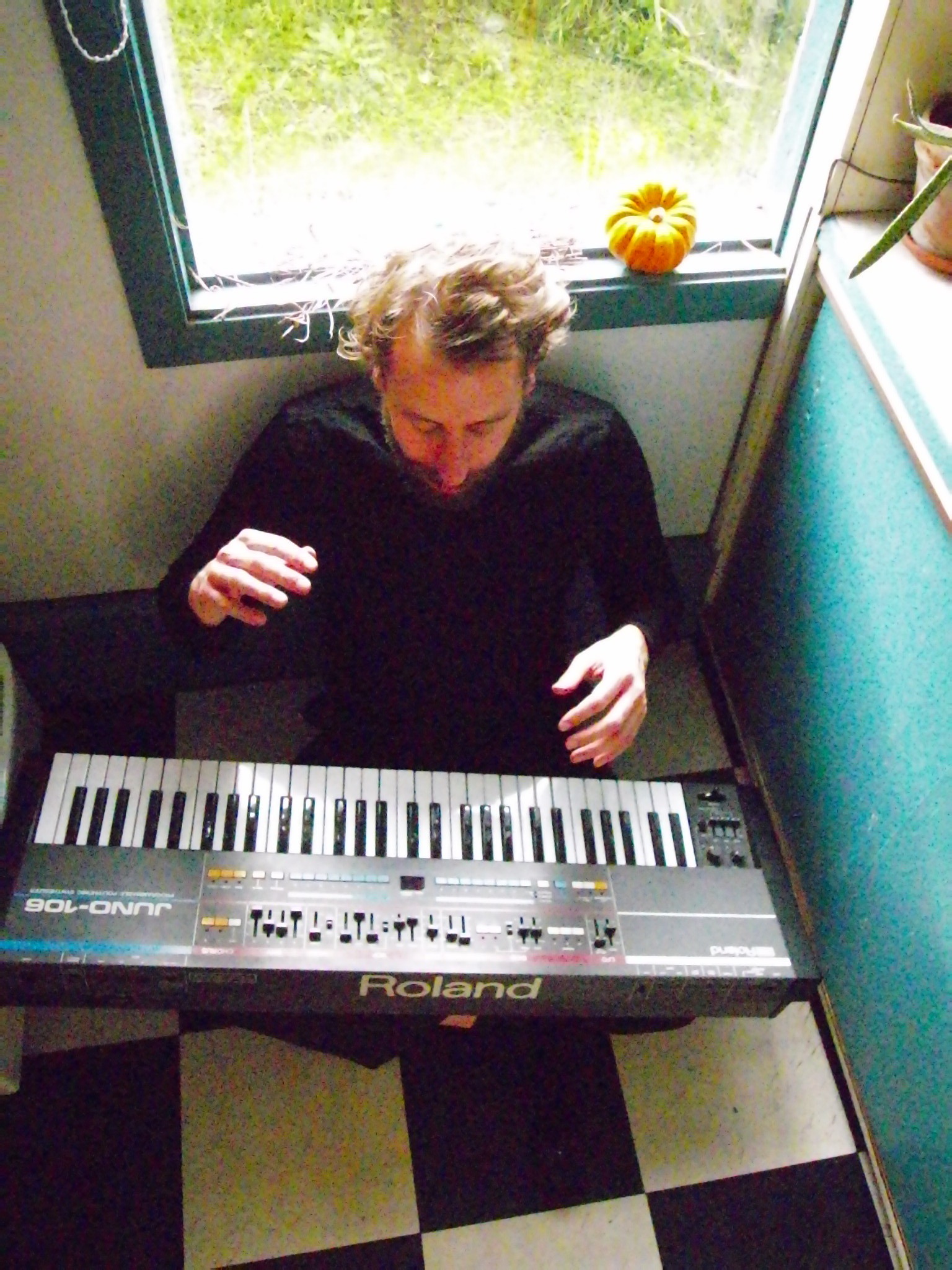
Q: WHAT ORIGINALLY BROUGHT YOU DOWN TO WELLINGTON?
S: University. I came down to study psychology and law.
Q: DID YOU HAVE A SENSE OF THE MUSICAL WORLDS YOU WERE ABOUT TO EXPLORE?
S: I’d just started playing guitar. One of my high school friends, Matthew Mitchell, also came down. We went to the same university hall together. I got more into exploring music with him. Matthew played the guitar as well, but he was really good. By the time Matthew got into jazz school, we had a four-track recorder. Later, we listened to a lot of experimental music, lived with music students, and recorded ambient dub.
Q: HOW WERE YOU LEARNING ABOUT MUSIC AND MUSIC TECHNOLOGY BACK THEN?
S: I’d go to Allan’s Compact Discs store or borrow music from the public library. I was just absorbing loads of random stuff. I’d also read magazines like Melody Maker. I remember going to the Rockshop to buy equipment a few times, but I never had any money and always tried to find the cheapest thing.
Q: IN 1996, OBLIQUE, THE LIVE TECHNO GROUP YOU SHARED WITH MATTHEW AND SHANAN HOLM, CONTRIBUTED SEVERAL TRACKS TO THE SKANKATRONICS PURE WELLINGTRONIKA COMPILATION ALBUM. I HEARD YOU GUYS MADE SOME JAZZ RECORDINGS BEFORE THEN?
S: Matthew had a jazz ensemble. We recorded an album called Extrapolation at the Wellington Jazz Festival in 1994 or 1995. We mixed it ourselves and put it out on CD on our own D.I.Y label. It was really bizarre because we didn’t know what we were doing. I remember listening to it and thinking, “How do we master this? How do we put this on a CD?”
Q: HOW DID OBLIQUE END UP ON THE SKANKATRONICS COMPILATION?
S: I used to constantly pester everyone in the scene with demos. [DJ] Coda (Leon Baldock) was working at a PlayStation store. I’d go and see him, and I’d go up to [the local student radio station] Radio Active. I used to talk to Larry and Paul from Polarity when they were working at this cafe, Espressoholic. They were on Skankatronics as well.
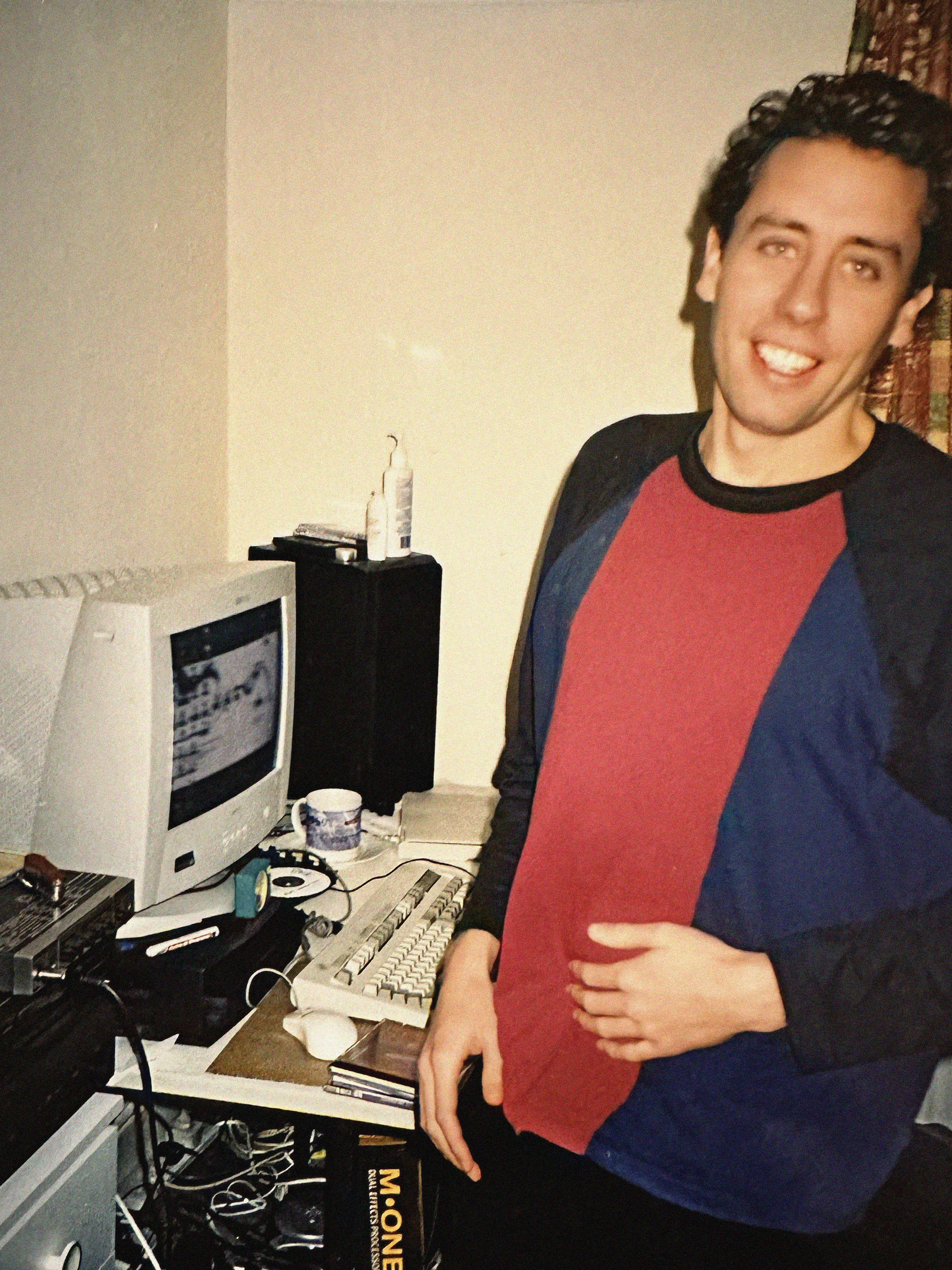
Q: WHAT WAS THE LOCAL ELECTRONIC MUSIC SCENE LIKE AT THE TIME?
S: People like Leon were putting on warehouse raves. It’s all a big blur, but when we got into dance and electronic music, Shanan bought a synthesiser. At the time, I’d been trying to make really weird sounds on the guitar. Once I heard the synthesiser, I said, “Oh, this is how you make those sounds.” Pre-Internet, figuring out how to do some of these things was quite hard. After that, I discovered reverb. I got obsessed.
At the time, we were playing all the layers of a song, kick drums, hi-hats, etc, into the four-track recorder individually. Then Shanan said, "There are these things called sequencers, which make this easier." Not long after, he bought a hardware sequencer. It crashed all the time and was hard to use, but it was amazing. Six months later, we realised you could do this on a computer. We used Master Tracks Pro, a basic MIDI sequencer program.
Q: WHAT WERE YOU LISTENING TO THEN?
S: Music on Warp Records and Rephlex. Detroit techno, Underground Resistance, Robert Hood. Later on, German dub techno.
Q: WHEN DID YOU MAKE YOUR FIRST LIVE ELECTRONIC PERFORMANCE?
S: Around 1994, at the old Bar Bodega with Oblique. I remember Coda turning up with [the German techno producer] Thomas P. Heckman, who was in town to play one of their raves. We noodled with our reel-to-reel, and I played one or two notes on a synthesiser. I was so scared, and it was all a bit strange.
Q: WHEN I THINK ABOUT YOUR FIRST SOLO PROJECT, 'ALBUM' BY ASPEN. THERE’S A LOT OF IDM AND DOWNBEAT ON THERE, BUT YOU ALSO INCLUDED TECHNO AND BREAKBEAT TRACKS.
S: By that point, I was working on a computer. I also had a sampler, and I was trying to make everything. Techno, ambient, dub, even jungle. After the first Aspen album, I realised I wasn’t happy with putting all these random styles together. I decided that if I wanted to make minimal, textural techno, I should do it under a different name. That was how Signer started.
Q: THEN YOU DECIDED TO START YOUR OWN RECORD LABEL, INVOLVE, AS WELL.
S: I was making music and working a full-time job, so why not run a record label, release stuff, hassle distributors and try to get blogs and newsletters to pay attention to what we were doing as well, right? [laughs]. I remember emailing the Berlin record store Hard Wax and asking if they wanted to buy our CDs. I got an email back from Torsten. I thought, maybe that’s Torsten from [the dub techno label] Chain Reaction, so I asked him. He never replied, but it was. I thought, “Holy shit, I’m talking with people that are doing it.”
Q: IN THE EARLY 2000S, YOU MOVED TO LONDON FOR A FEW YEARS. WHEN I LISTEN TO SIGNER, I ALWAYS THINK ABOUT HOW IT FEELS LIKE THERE’S A REAL RELATIONSHIP BETWEEN THE MUSIC AND THE ENVIRONMENT YOU WERE MAKING IT IN.
S: I was obsessed with that idea in the 2000s because when I moved to London, I was like, “Oh, this is why this music is so intense because the city is so intense.” There was this feeling of anxiety, the intense anxiety of the people around, and a sense of danger. People getting stabbed and the stuff you don’t see. I think I was making music there to try and calm myself down.
Q: WHAT ELSE WERE YOU DOING THERE?
S: Working in I.T., jamming on guitar and getting into post-rock. In London, I met someone whose brother worked for a Japanese advertising music company owned by Simon Le Bon. They asked me to make some advertising music. Matthew had also moved to London, so I did it with him. It worked out, and they kept sending us more stuff to do.
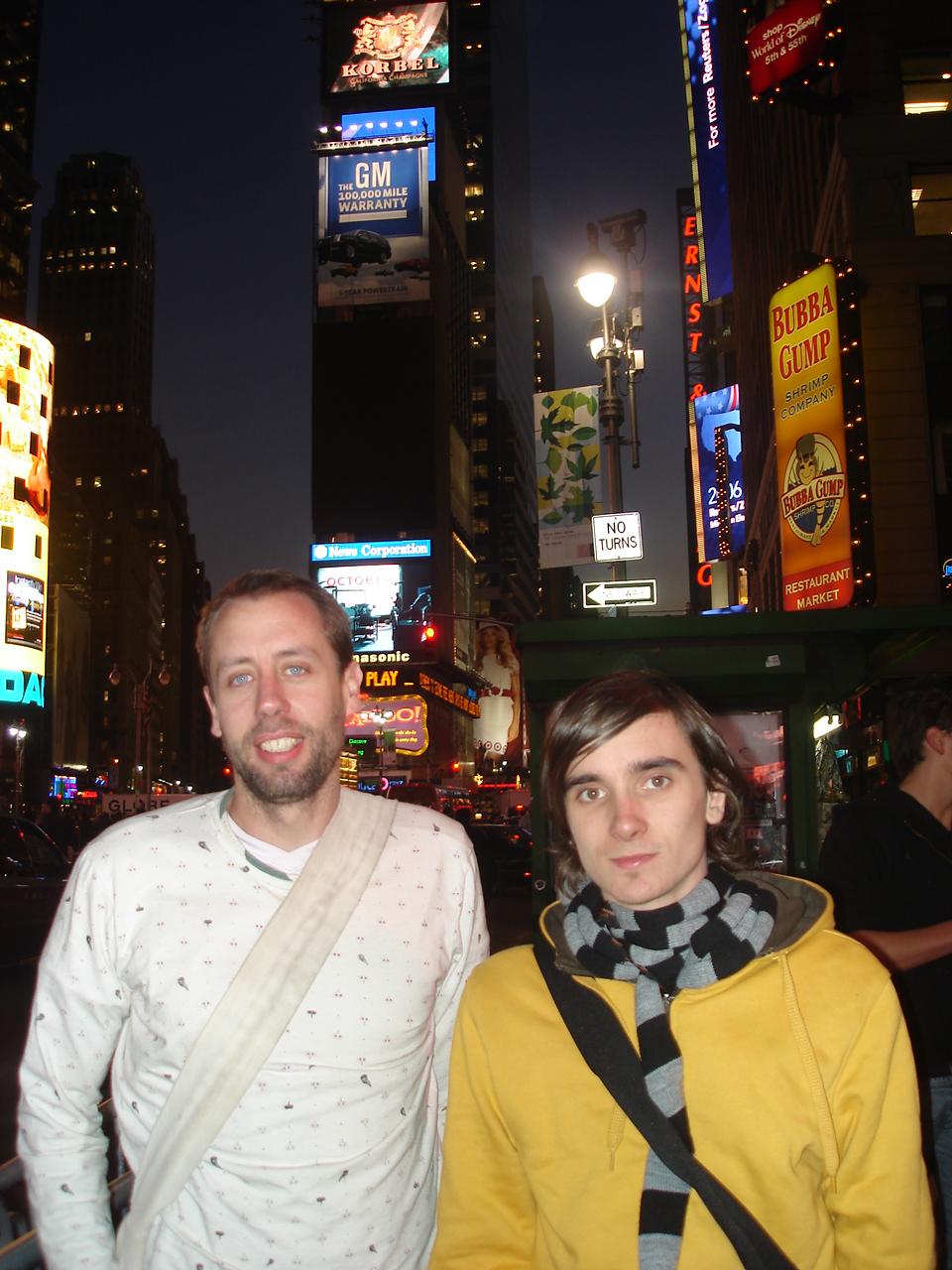
Q: THEN, A FEW YEARS LATER, YOU COMPOSED FOR THE BAFTA-WINNING DOCUMENTARY TOUCHING THE VOID (2003).
S: My friend Nathan introduced me to another New Zealander, Justine Wright, who was working on the film as an editor. I gave her a CD of basic sketches and weird noises. They put it over the film and said, “This works.” I went around to meet the director, Kevin Macdonald. He had an Oscar lying around on the floor as a doorstop. Yeah, he’s quite a big deal [laughs].
Q: WHILE YOU WERE LIVING IN THE UK, THE US LABEL CARPARK RECORDS RELEASED YOUR SECOND AND THIRD SIGNER ALBUMS, 'LOW LIGHT DREAMS' AND THE 'NEW FACE OF SMILING'.
S: Todd Hyman from Carpark Records was working at a New York record store that stocked the first Signer album, Giving It Up To Feel Effected. He emailed to tell me that someone bought it every time they played it in the store. We went from there. When Carpark started, they were more electronic and moved into noisy indie psychedelic stuff. I remember him playing me Animal Collective, Ariel Pink and Beach House demos. After we worked together on Signer, I sent him music by New Zealand bands like Over The Atlantic, The Ruby Suns and Lawrence Arabia. Later, Carpark released my Introverted Dancefloor project. I introduced them to The Beths, which worked out pretty well.
Q: YOU’RE ON THE VERGE OF RELEASING A COMPILATION OF SIGNER MATERIAL FROM THE EARLY 2000S CALLED 00-04. HOW DID IT COME TOGETHER?
S: Evelyn Malinowski (aka Experimental Housewife of Perfect Location Records) messaged me on Bandcamp asking if I had any unreleased Signer music. I sent them all my material, and they compiled it into something. I can see on Soundcloud how many times they’ve listened, so it was really easy to trust their vision. They’ve listened to it more than I ever will. Ev’s good friends with Chris from Ear Candy Music, a record store in Missoula, Montana. I think I might have met Chris when I played in Missoula once. Anyway, they’ve teamed up to put the compilation out.
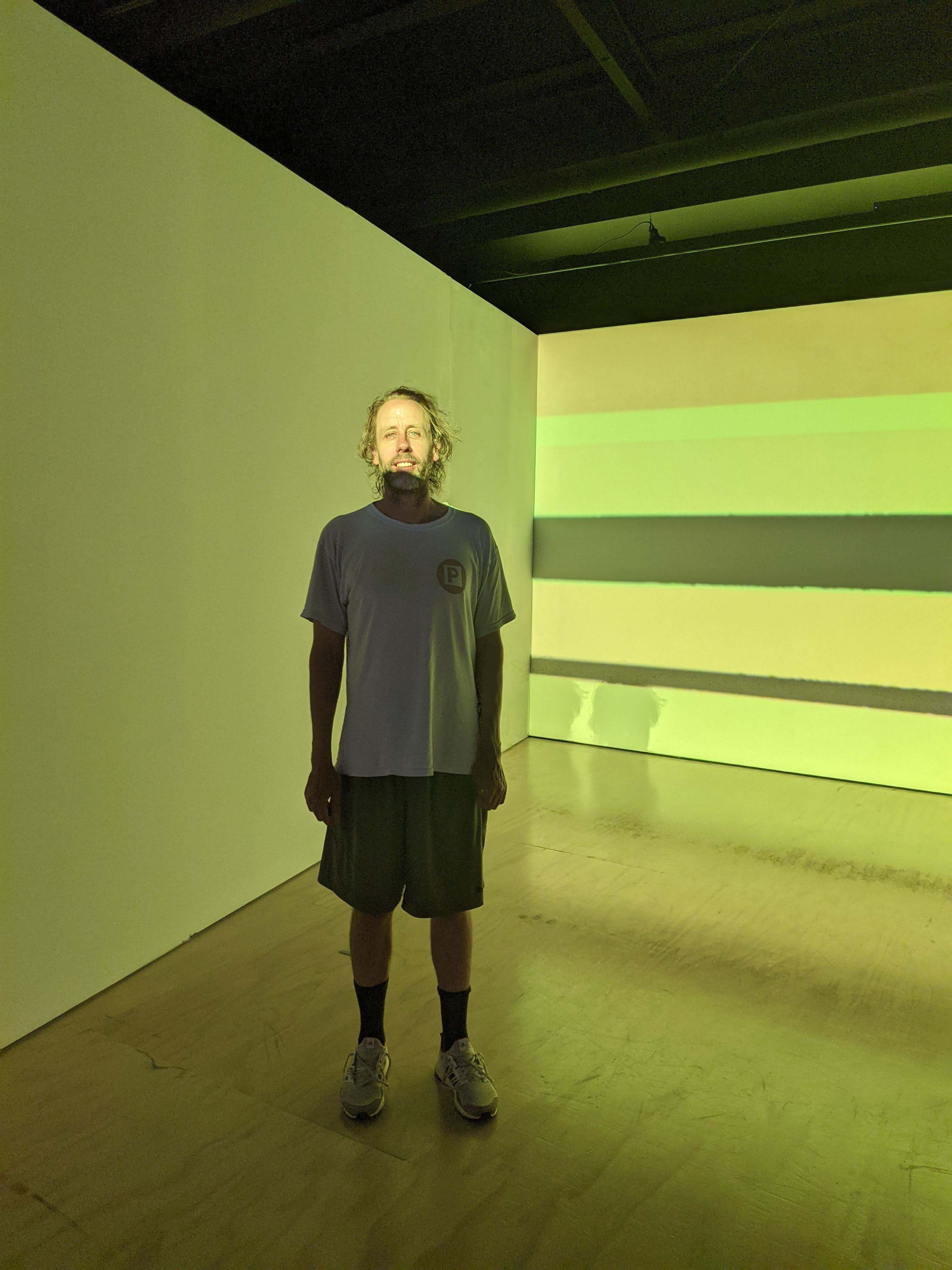
Q: WHAT’S IT BEEN LIKE REVISITING THAT MUSIC?
S: It’s been fun. I’m trying to get back inside my old Aspen files as well, but they’re in an old format, so it’s difficult. I’ll figure it out. Over the years, people have asked about reissuing Aspen as well. They really like the texture of the music. I think it’s probably something to do with the noise of an analogue mixing desk, old effects units, etc.
-
This interview has been edited and condensed for clarity and readability.
Martyn Pepperell is a freelance journalist, copywriter, broadcaster, photographer and DJ. Find him on Instagram.


